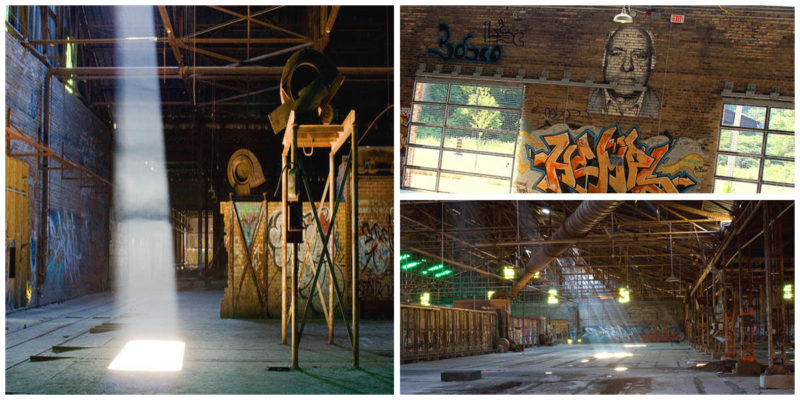The story of this once active quarry begins millions of years ago. It was a time and age when the Earth went through violent changes, defining and redefining itself throughout countless earthquakes, landslides, meteor showers and so on.
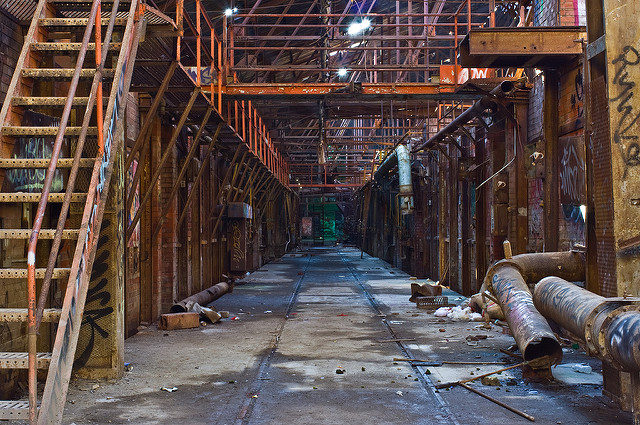
What we know today as Ontario was once a very dark and vicious ocean. Given its size, it makes it easy to realize that the millions of tons of water must have done something to the surface below.
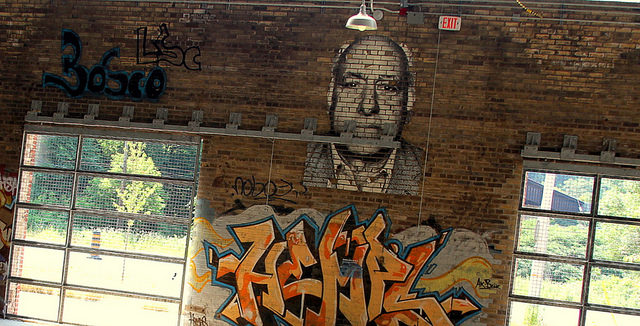
The pressure that the water provided was sufficient to convert the mud into shale. And it took millions of years to do so. Jumping onward in cosmic calendar to the 19th century, the product of all those millions of years became the good fortune of three brothers.
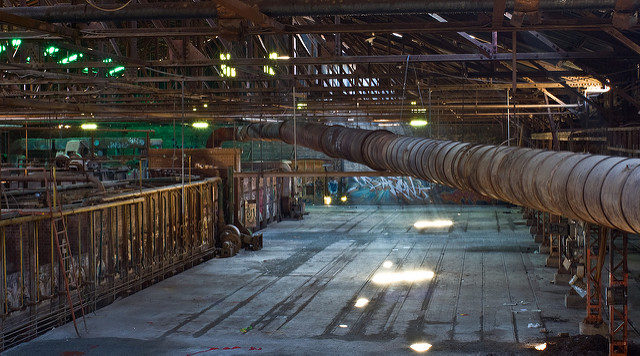
In this era, the spot light moves towards John, William and George Taylor. The three of them went on and purchased a piece of land in a valley known simply as Don. Upon that freshly purchased land, the three brothers decided that a paper mill would be the perfect business choice. And so the three of them agreed and went on to complete their idea.
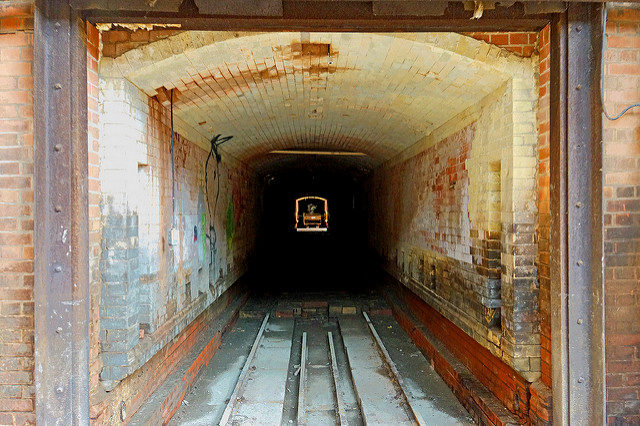
William was tasked with the undertaking of fencing in the newly acquired site and while doing he made an unexpected discovery. Deep inside the post holes he dug for the fence, he found top notch clay. Surprised that he found this but not well versed in geological science, he took the example to be examined.
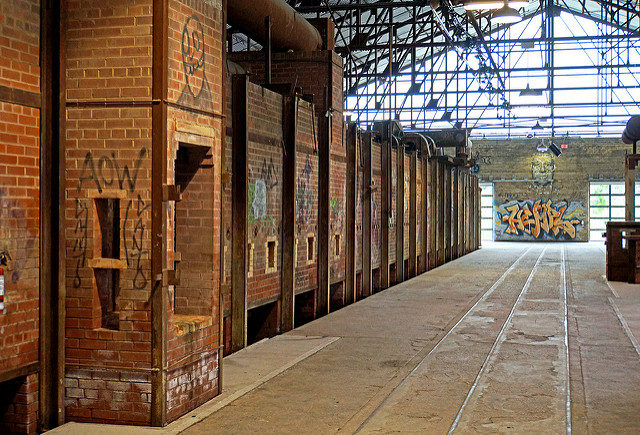
What was told to him brought a smile to his face. The most suitable part of the land was chosen and upon it a new brick making factory was born. The name that the three brothers gave to their new business was Don Valley Pressed Brick Company.
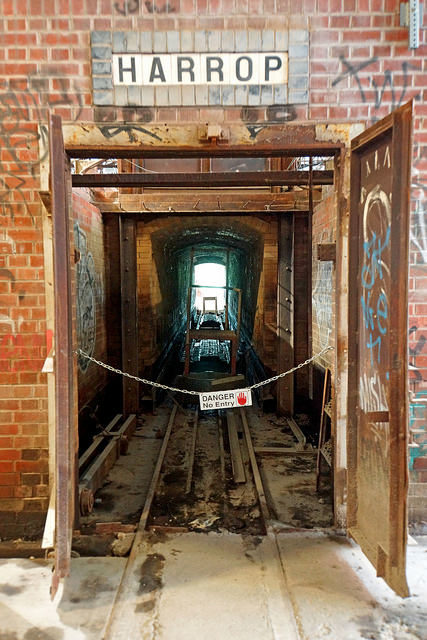
And off they went on their journey of brick making. As with any other business, quality does matter. And sure enough, this is what their new company offered. The process of making the bricks varied, for they had three different techniques and each followed a strict quality protocol. The high quality product won prizes at both the Chicago World’s Fair and the Toronto Industrial Fair for the brick works.
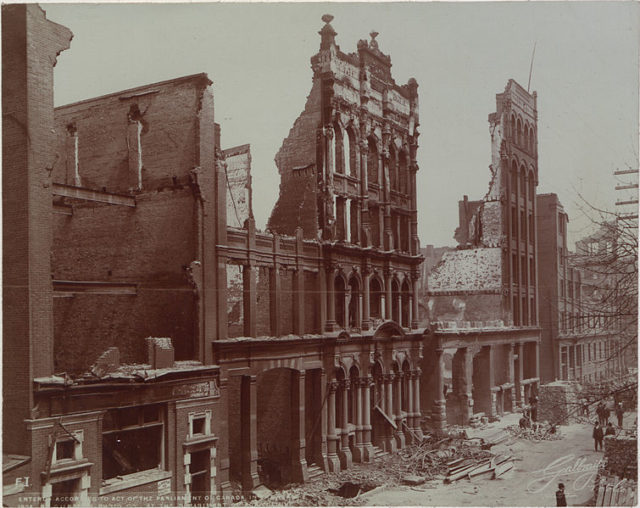
Once finished, the bricks were transported by cart along the Pottery Road, or even by rail. With time the business grew ever more to become the synonym for great brick. A sad incident in 1904 led to even bigger expansion. The great fire of Toronto made the demand for a good brick to sky rocket for almost 20 acres of the city were destroyed.
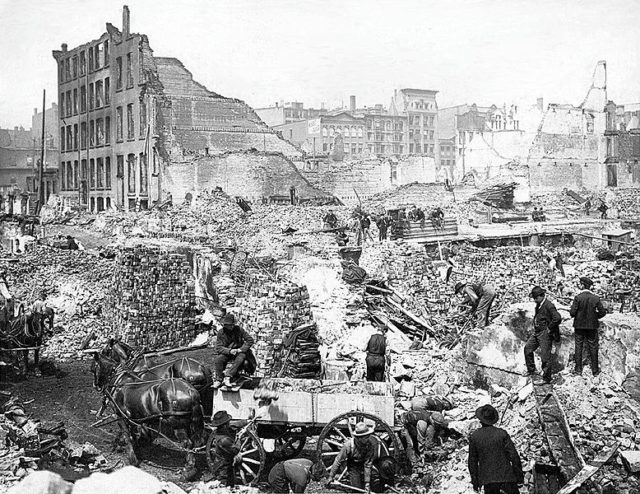
Over the decades the business got bigger, changing hands a number of times. At one point, under the ownership of Strathgowan Investments, it even reached as much as 25 million bricks every year. The quarry was also the perfect place where paleontologists and geologists could study the Earth’s past and by studying the fossils to learn something new about those species now long gone. Even the famous geologist A.P. Coleman referred to his finds at the quarry in his book Ice Ages, Recent and Modern.
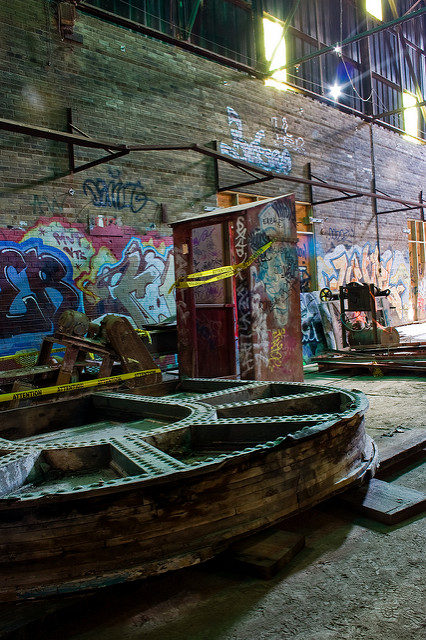
With time the site started to run out of good clay and shale. A sand-lime brick plant was established in the 1920s which produced lower quality bricks. This method was used right through to the 1980s when the quarry was finally exhausted and the booming business came to near its end. In 1984 it was sold to Torvalley Associates. Development of the site was delayed due to legal wrangling and the need to clear up the quarry site, part of which was was filled with all sorts of materials and was even used for years as a city garbage dump.
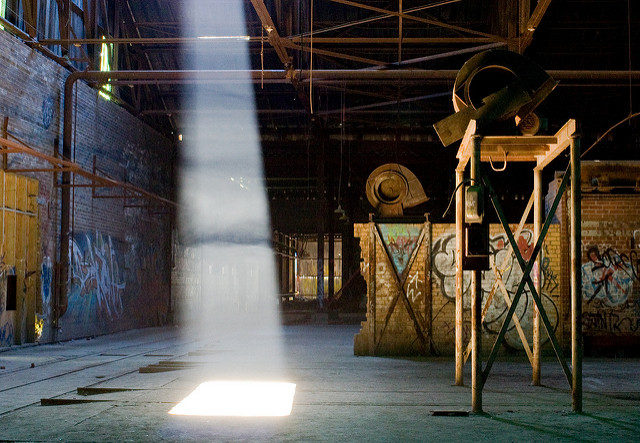
Sometime during 1994, the process of cleaning and rehabilitation took place. The final result is what we have today, for the Canadian non-profit organization named Evergreen took things in its own hands and renovated many of the old and disused buildings. A number of the old structures still stand today to speak of times both eons and years ago.
